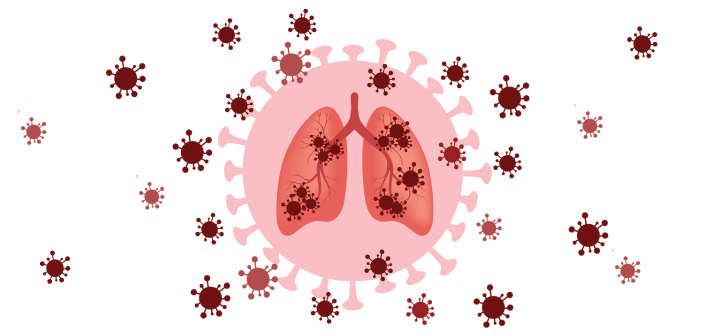A new breath-based assay to battle lower respiratory tract infections

In a major leap forward for critical care diagnostics, researchers have developed a novel breath-based test that achieves 100% sensitivity in detecting lower respiratory tract infections (LRTIs). Published in PNAS Nexus, the study demonstrates how breath sampling could transform patient care in intensive care units (ICUs) worldwide.
An LRTI involves any infection in the airways below the larynx, including conditions like bronchiolitis, bronchitis and pneumonia. They are typically caused by viral, bacterial or fungal pathogens. LRTIs cause a significant global burden and are the fifth leading cause of death worldwide, with millions of cases reported each year. They are more common and particularly dangerous in young children and are responsible for a significant number of disability-adjusted life years.
Despite their burden on human health, LRTIs remain difficult to diagnose and treat due to a range of factors. These include rising antimicrobial resistance, challenges in identifying the infective pathogen and significant limitations in current diagnostic methods, which usually rely on microbiological cultures and molecular techniques. While microbiological cultures are laborious and have slow turnaround times, molecular techniques can struggle to distinguish between active infection and pathogen colonization.
To address these challenges, researchers have turned to measuring host response factors present in exhaled breath.
The new approach utilizes a system known as BreathBiomicsTM, capable of collecting and analyzing biomolecules, such as proteases, from the exhaled breath of intubated patients. This is particularly important as proteases are frequently dysregulated during LRTIs and can therefore act as diagnostic markers.
You may also be interested in:
- The origin-adjusted approach for biomarker quantification by LC–MS
- The power of PCR: fighting the new mpox outbreak with two new assays
- FAIRY: a rapid, cell-free assay for determining virus infectivity
In this study, researchers focused on detecting human neutrophil elastase (HNE) — an enzyme previously discovered to be overactive during LRTIs — in breath samples collected from intubated ICU patients and healthy volunteers in the John Hopkins Hospital (MD, USA). The proteases in the breath samples were then incubated with a highly sensitive HNE substrate sensor and characterized with matrix-assisted laser desorption/ionization time-of-flight mass spectrometry.
Interestingly, they discovered that HNE activity was almost 10 times higher in the LRTI group compared with healthy volunteers. The team was able to detect this HNE activity with a remarkable 100% sensitivity, 86.7% specificity and area under the curve value — a performance metric that measures the accuracy of a diagnostic test — of 0.987, indicating near-perfect diagnostic accuracy. Multiple other proteases were also detected in exhaled breath samples, highlighting the potential to develop other protease-based assays for diagnosing LRTI.
“Our results demonstrate that this breath-based in vitro assay provides high diagnostic performance for LRTIs, suggesting that the technology may be useful in the near term for the accurate diagnosis of LRTIs,” the researchers noted.
Unlike traditional immunoassays, which only measure total protease levels, this test assesses the functional state of HNE, enabling physicians to determine the stage and severity of the infection.
While the initial findings are promising, the researchers emphasize the need for further studies across diverse settings and populations to validate the technology as a widespread diagnostic solution. If successful, this breath-based assay could pave the way for rapid, non-invasive diagnosis and improved patient outcomes in ICUs around the world.





